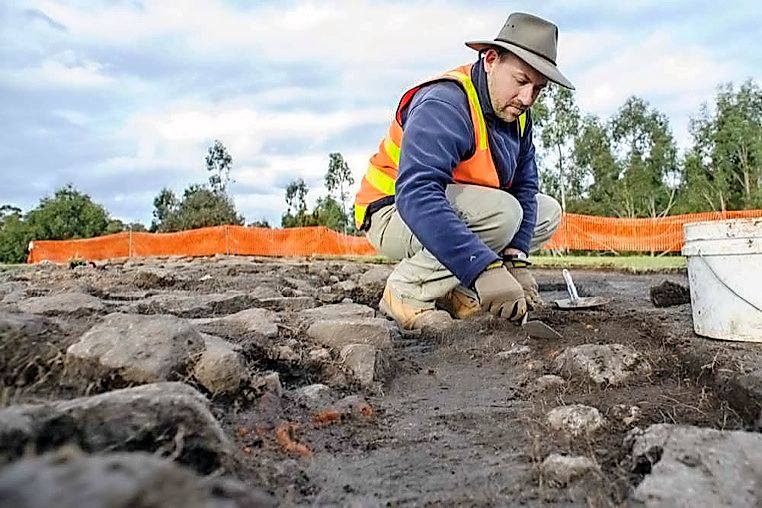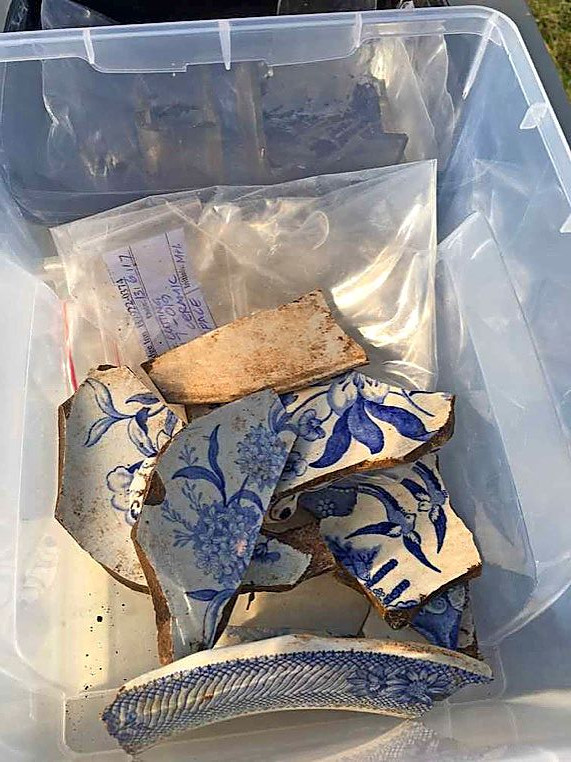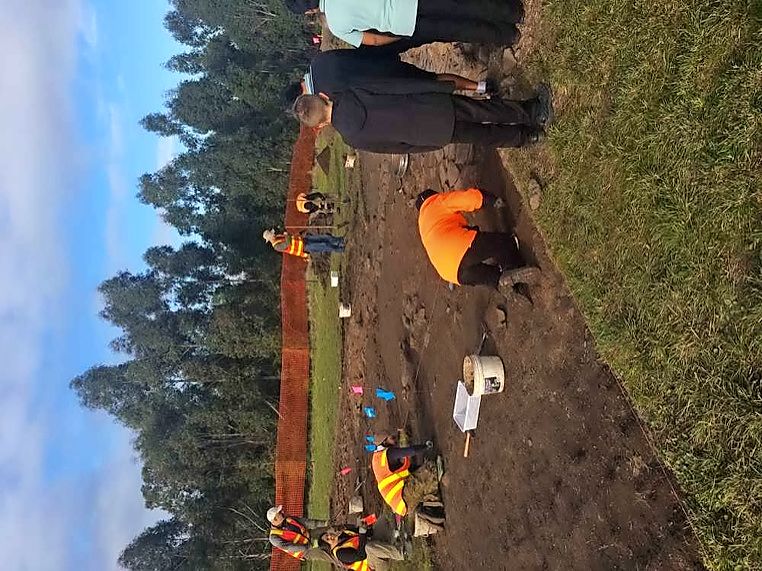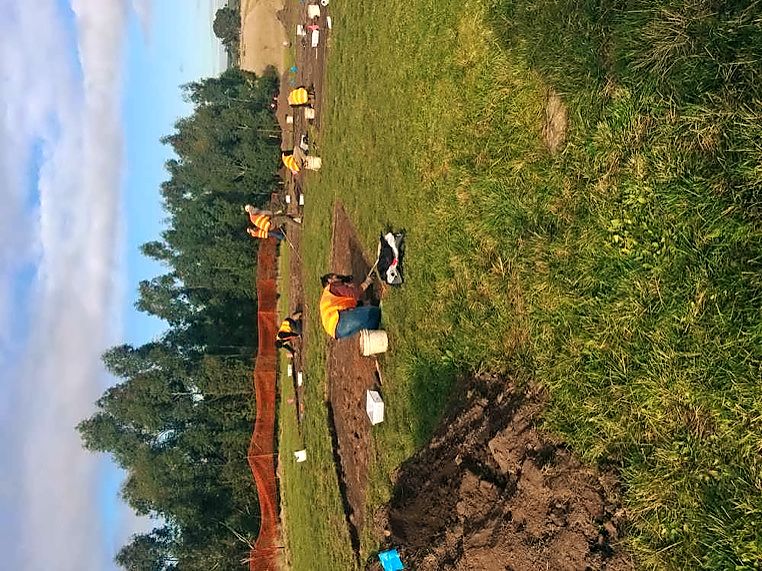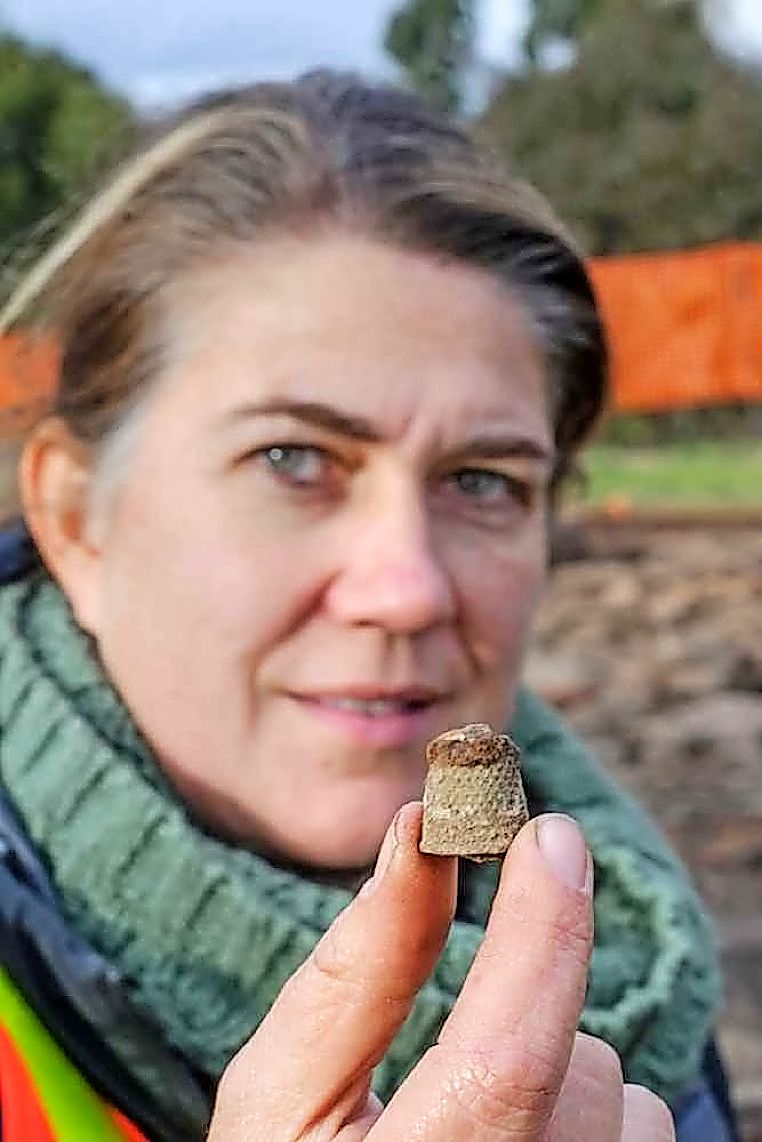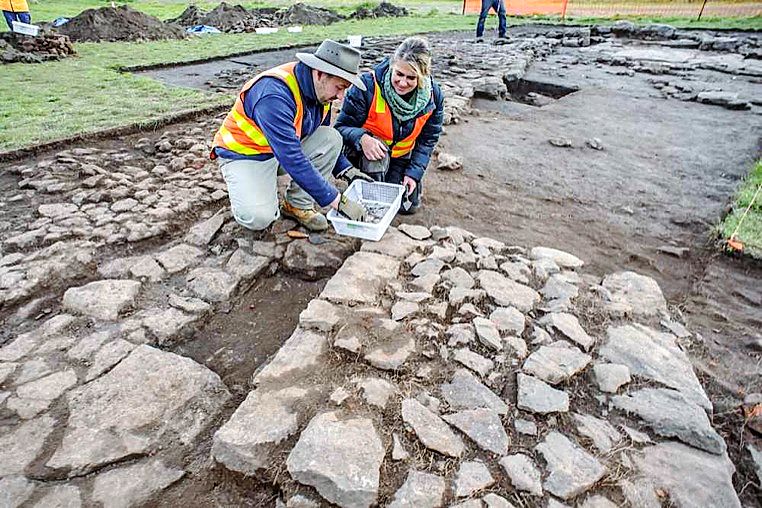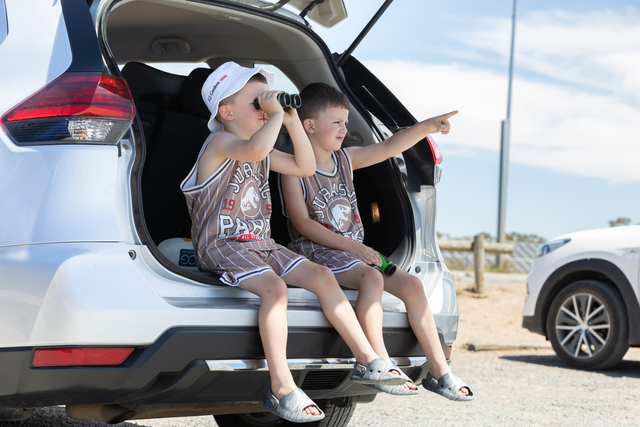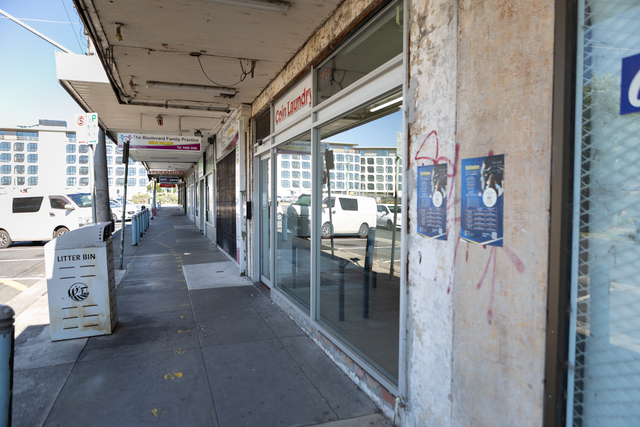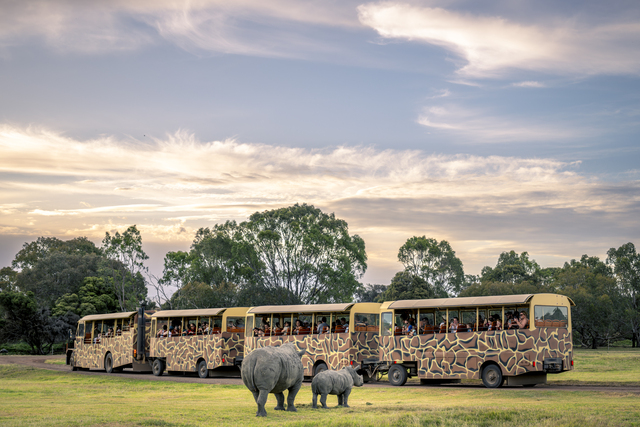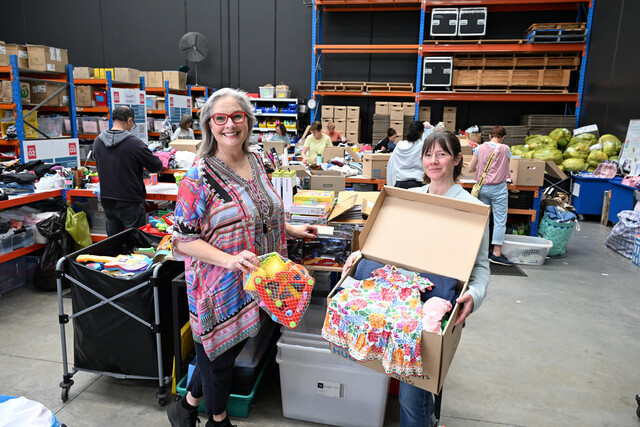Remains of a mid-19th century pub, which is potentially one of the “oldest buildings outside of Melbourne”, have been uncovered at Mernda.
Archaeologists have been digging at Plenty Gorge Park in the hope of discovering the location of the Old Bridge Inn, which was built in the 1840s.
Heritage Victoria principal archaeologist Jeremy Smith said the team started the dig in mid-June in an open paddock near the bank of the Plenty River, south of Bridge Inn Road, that they suspected was the site of the inn.
But they weren’t certain they were digging in the right place.
They have since uncovered bluestone walls and hearth of the inn, as well as thousands of artefacts such as pottery, decorative figurines, jewellery, animal bones and glasses.
Mr Smith said this is the first time archaeologists have been able to conclusively say where the inn buildings stood and the discovery had local and state significance.
“It is significant because of it’s age. It was built well before the gold rush,” Mr Smith said.
“It is potentially one of the oldest buildings outside of Melbourne.”

The pub is considered to be the first European site in the area, marking the beginning of the Mernda, Morang and Doreen areas.
“It was a little pub built on a crossing point on the Plenty River. Other than the Wurundjeri community, there was very little outside of the townships,” Mr Smith said.
“By the 1860s the pub had pretty much lived its life. Mernda has moved on and the focus is on Plenty Road, so the pub moved to a site on Plenty Road,”

The dig stems from historical investigations carried out as part of the Mernda Rail Extension and was led by archaeology consultancy Dr Vincent Clark and Associates, with the support of the Wurundjeri Land and Compensation Cultural Heritage Council, Heritage Victoria and Whittlesea council.
Community groups and students from local schools were also given the chance to take part in the dig.
Among the items uncovered during the four-week dig were Aboriginal tools. Historical records show that “mia-mia” or temporary shelters were built in the area. The artefacts will be preserved by Wurundjeri elders.
Mr Smith said he hoped Heritage Victoria can work with the council to display the artefacts and create a local heritage site where people can learn more about the history of the area.

